Coffee can be divided into three major varieties: Arabica, Robusta, and Liberica. Currently, Arabica and Robusta are the most commonly used coffee tree species for commercial planting. With the development of the coffee industry, the coffee varieties have also given birth to many subspecies through continuous transplantation, mutation, and mating. In addition to some common varieties, such as Bourbon, Typica, Caturra, Gesha, etc. In addition to common varieties, some relatively rare varieties have also emerged now.
In 2004, the Emerald Estate sent the Geisha variety to participate in the Best of Panama (BOP) competition and auction, with an exceptionally high cup testing score and a price of $21 / pound, which made the Geisha variety become well-known. Therefore, many coffee makers and coffee professionals will choose the Geisha variety to participate in professional coffee competitions. But in recent years, the popularity of the Geisha variety in the event has decreased significantly, and the contestants will choose more unique and rare varieties. Such as Wush Wush, Sidra, Eugenioides, Laurina, etc.
Eugenioides
In the 2021 Time Coffee Championships, both the world champion Diego and the world brewing champion Matt used Eugenioides. The original place of Eugenioides and other varieties is in the deep mountains of East African coffee-producing countries, and it is also known as the origin of Arabica. The caffeine of its variety is only half of Arabica, and the flavor is very unique, with a higher sense of sweetness and almost no citric acid. However, its constitution is extremely weak, the fruit is small, the fruit hanging rate of the branches is low, and the fruit is easy to fall. Therefore, under the current conditions of abnormal climate change, increasingly severe pests and diseases, people are reluctant to plant this variety with low yield and energy consumption, so this variety is only used as a rare variety or experimental planting.
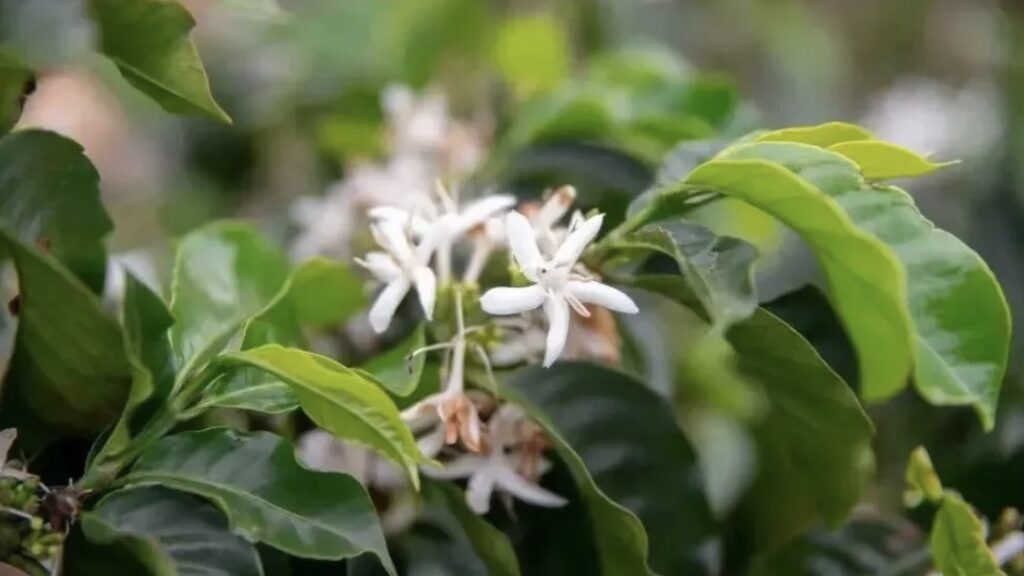
Wush Wush
This variety is also known as “big navel”. It was first discovered in a forest in the Kaffa area, and there are some villages near Kaffa that grow Wush Wush coffee, and the name is also named after the name of this village. Around 2002, the Jimma Agricultural Research Center (JARC) inspected the anti-anthrax varieties selected from the Wush Wush area and continued to purify and cultivate it, and found that it has excellent flavor while being resistant to viruses. In 2006, JARC officially released the purified variety of Wush Wush. Now the Wush Wush coffee variety has undergone a process of local adaptation and change under the differences in microclimate, soil, nutrition and other conditions in various farms in Colombia.
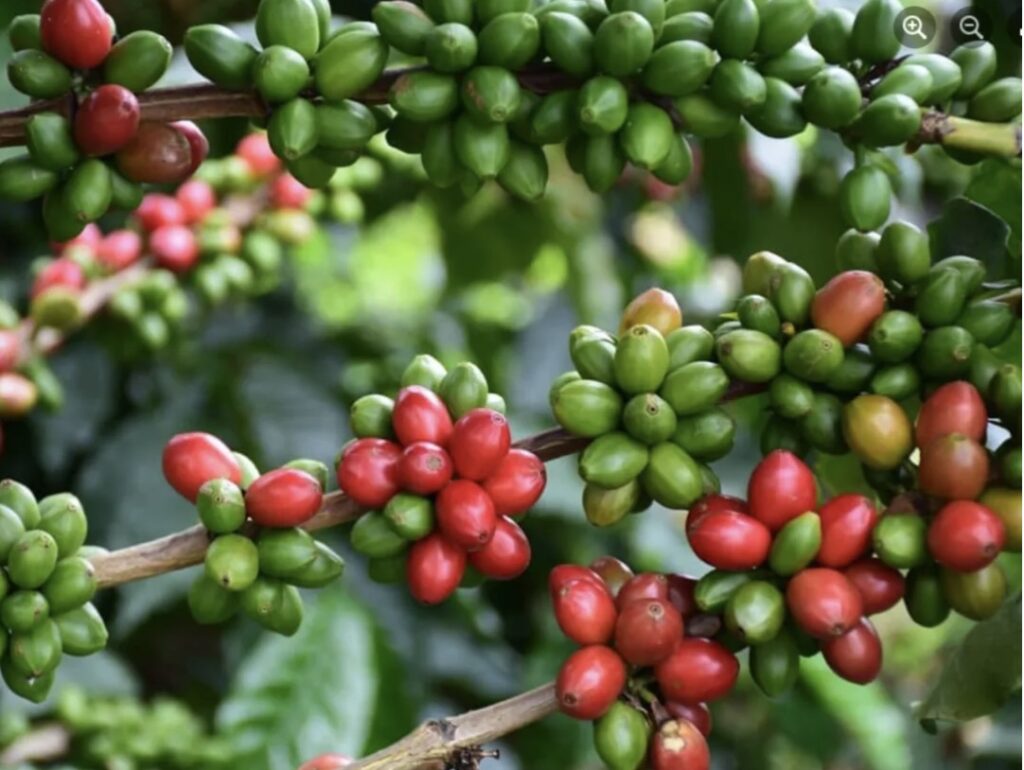
Sidra
Sidra became famous in the 2019 and 2022 World Barista Championships (WBC), where two players both used Sidra coffee beans and won the championship in the same year, so Sidra became famous. Sidra is produced through the hybridization of Typica and Red Bourbon, but through genetic testing, it was found that the Sidra samples are genetically similar to the native species in Ethiopia, therefore it has the characteristics of flower and fruit flavors. Sidra needs to grow in an environment with shade and needs to be planted in high-altitude areas. Sidra has a high yield and is resistant to pests and leaf rust, but it is extremely prone to coffee berry disease. This variety is mainly produced in South America, mainly in the Ecuador and Colombia regions. The Front Street has Sidra coffee beans from the Divisoria Estate in Colombia. Using the double anaerobic natural drying treatment, after being brewed with a V60 and a water and powder ratio of 1:15, there will be flavors such as grapes, passion fruit, and citrus, with a slight sense of fermentation and a round taste.
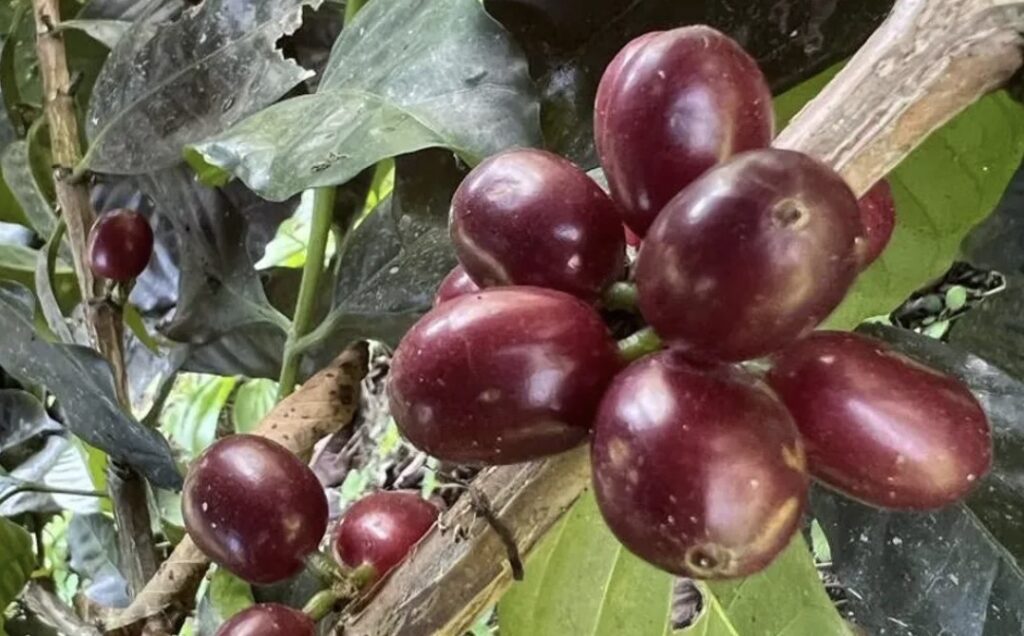
Laurina
Laurina is also known as “Pointed Bourbon”. This variety was first discovered on the Reunion Island in the Indian Ocean. In 2018, player Emi used anaerobic fermented Laurina to participate in the World Brewing Competition, thus bringing attention to this variety. Because it has ideal flavor performance, and its own caffeine content is also low, it is therefore popular. However, this variety is difficult to be grown on a large scale. Although this variety can resist drought conditions and is beneficial for survival, it contains less caffeine, and caffeine is also a natural insect repellent. And the growth rate is much lower than other Arabica varieties. At present, the IAC (Instituto Agronomico de Campinas) in Brazil is researching and growing this variety.
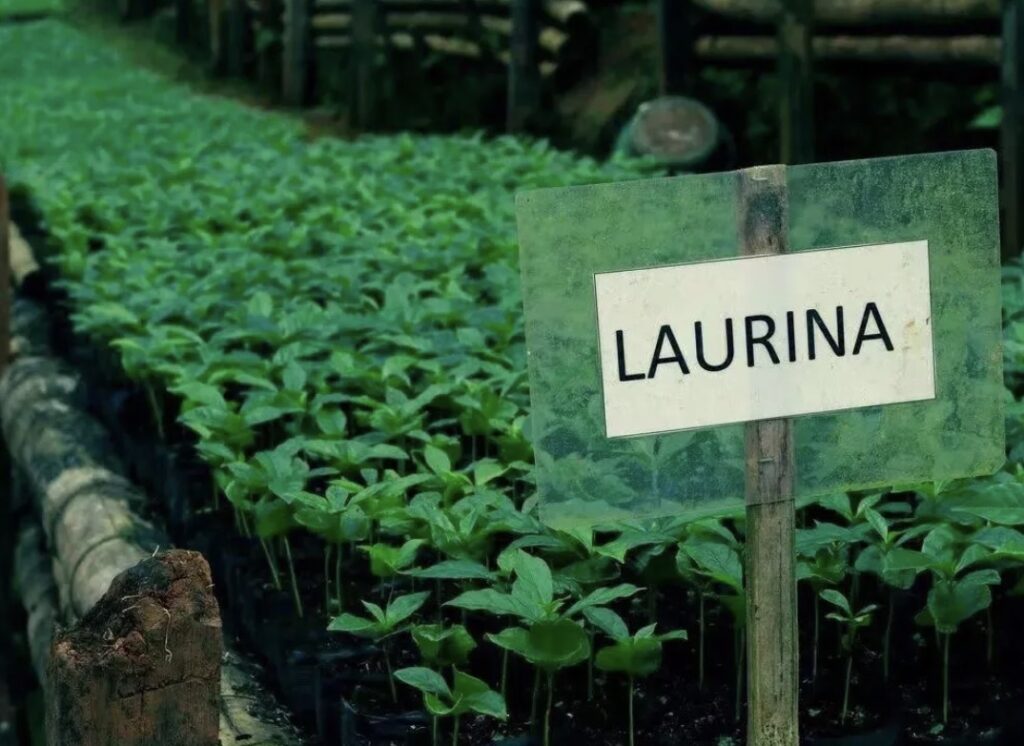
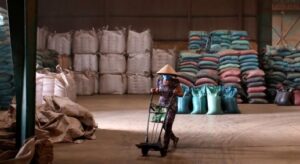
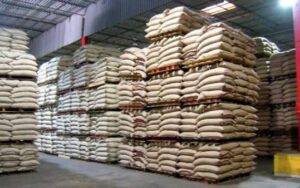


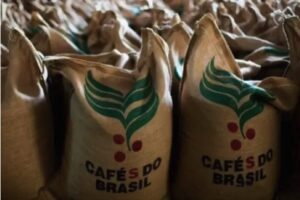

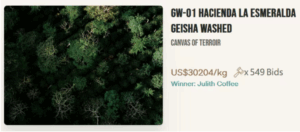
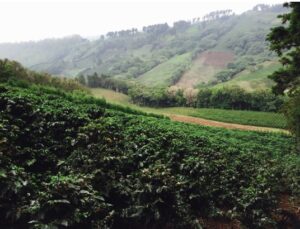

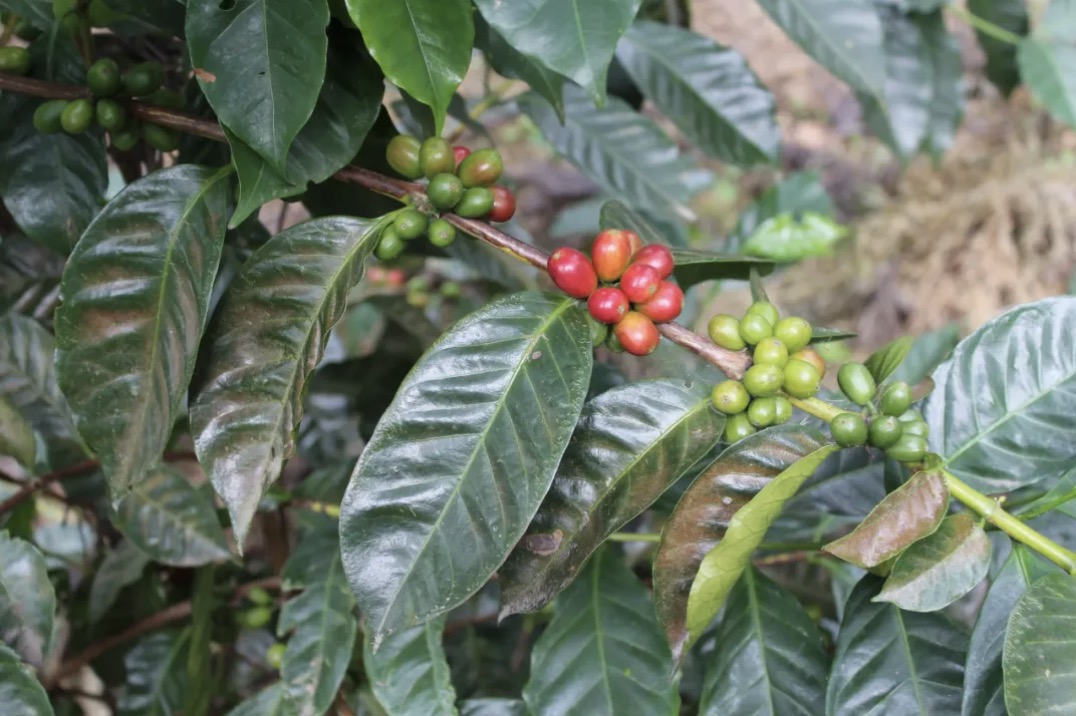
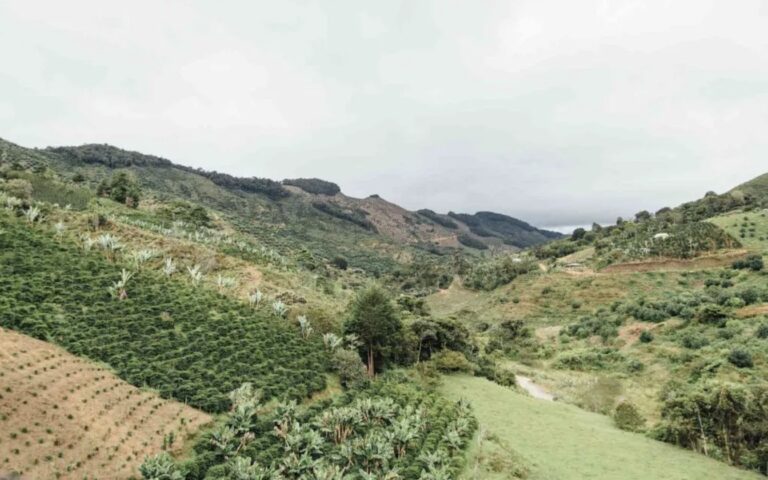

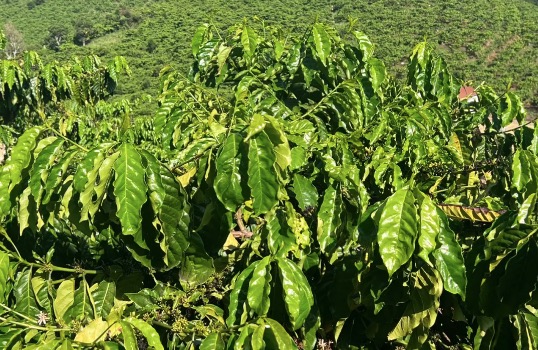
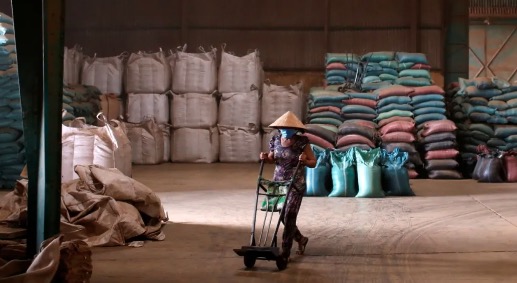
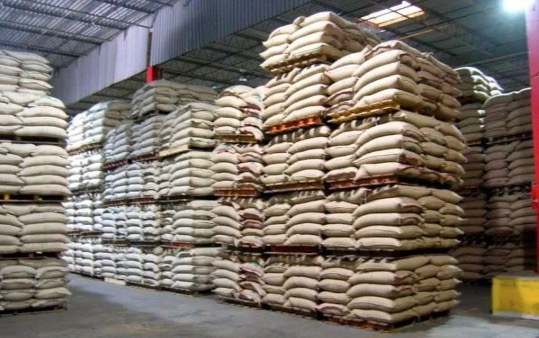

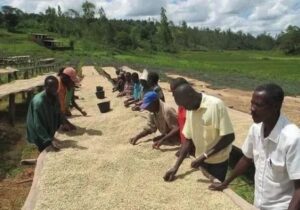

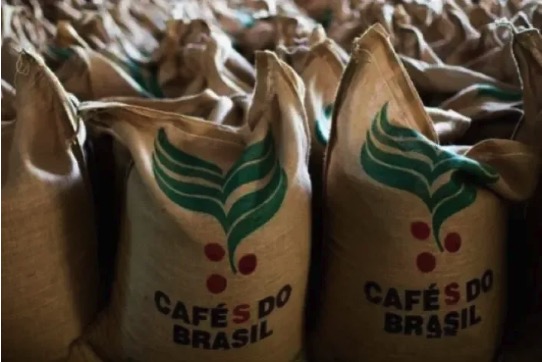


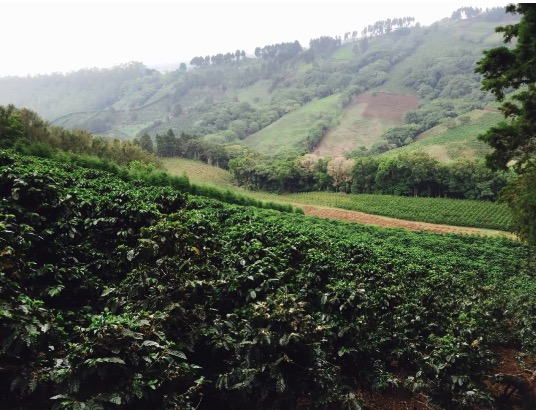
+ There are no comments
Add yours